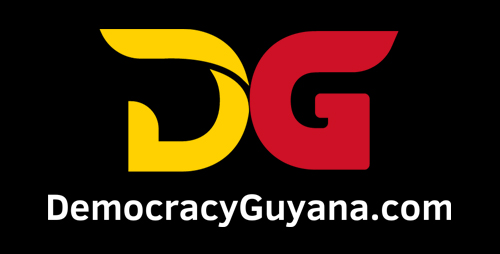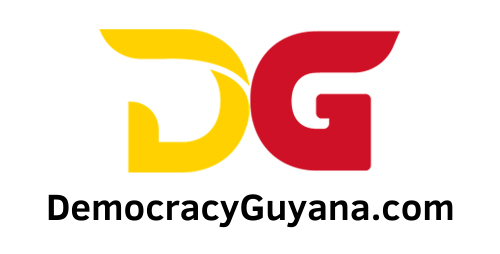First, let’s understand the context:
President Trump had made it clear what are his policy intentions in relation to trade. Therefore, these trade policies were expected. For further context, we must understand that the US economy, by design, is a consumption-based economy—a notion acknowledged by the Secretary of State’s visit to Guyana recently, where he stated that the US should have never de- industrialized its economy, that they are now paying the price for that etc. Hence, what the US is seeking to do here is to re-industrialize its economy to transition from a predominantly consumption-based economy to some level production based. This naturally comes with a series of implications of varying degrees for the rest of the world, that is unfolding, and that are yet to be fully studied.
Implication for Guyana and CARICOM
Guyana maintains a Common External Tariff (CET) rate that ranges from 5 percent to 20 percent. A tariff rate of 40 percent applies only to agricultural products. All duties are value added. The GoG levies VAT at a rate of 14 percent, applied equally to imports and locally produced goods and services. Though there are certain exceptions such as renewable energy technologies. VAT on merchandise imports is calculated based on the cost, insurance, and freight (CIF) value plus the sum of import duties and any other taxes and charges.
As a member of CARICOM, this issue will have varying degree of impact for CARICOM countries, therefore, it would have to be examined from the perspective of CARICOM as a region, and individually in terms of measuring the impact, implications and potential responses, not necessarily in the form of retaliatory measures, but how we do we adapt or what adjustments may be required.
In Guyana’s case, a retaliatory response may not necessarily be the desired approach since import duties and VAT are applied to US imports. While I appreciate this is a complex issue and would require far more in-depth analyses, we can nonetheless construct a simple scenario analysis to understand the implications and issues of fairness in the application of the 38% US tariff.
Example 1:
If we apply 20% CET on US imports valuing US$1M + 14% VAT, the total imported value will be US$1.368M. And if we apply 38% US tariff on US$1M of exports to the US from Guyana, the total value will be US$1.380M. In this example, Guyana would still be in a surplus position of US$0.012M with the US.
Example 2:
Let’s assume that Guyana imports US$1M in Agricultural products from the US at 40% CET + VAT, the total final value of imports will be US$1.596M. And if we apply 38% US tariff on the same value of agricultural exports into the US from Guyana, the final value will be US$1.380M. In this example, Guyana would be in a trade deficit position of US$216K. However, what this means is that US agricultural products imported into Guyana will be more expensive than Guyana’s agricultural products imported into the US, thus creating an unfair pricing situation for similar US goods in Guyana.
Other Considerations
As established, there is no blanket rate of CET applied to US imports into Guyana. The rate varies based on the type of commodity. We should also consider that a 50% tax was applicable in Guyana for fuel imports, of which some of that comes from the US, and since 2020, that 50% tax has been waived to 0% and has remained 0% thus far.
From this demonstration, we can deduce that the 38% tariff was based on the average taxes applied to US imports in Guyana given the different rates applied to different types of commodities. For this reason, a retaliated response would not bode well for Guyana or the region.
Considerations moving forward
With that in mind, Guyana and the CARICOM region would have to perform, firstly, a more thorough analysis to understand the full implications, and would have to consider a general revision or reduction of current CET rates that apply, with the view that the US would reciprocally reduce their tariff rates applicable to Guyana and the region.





